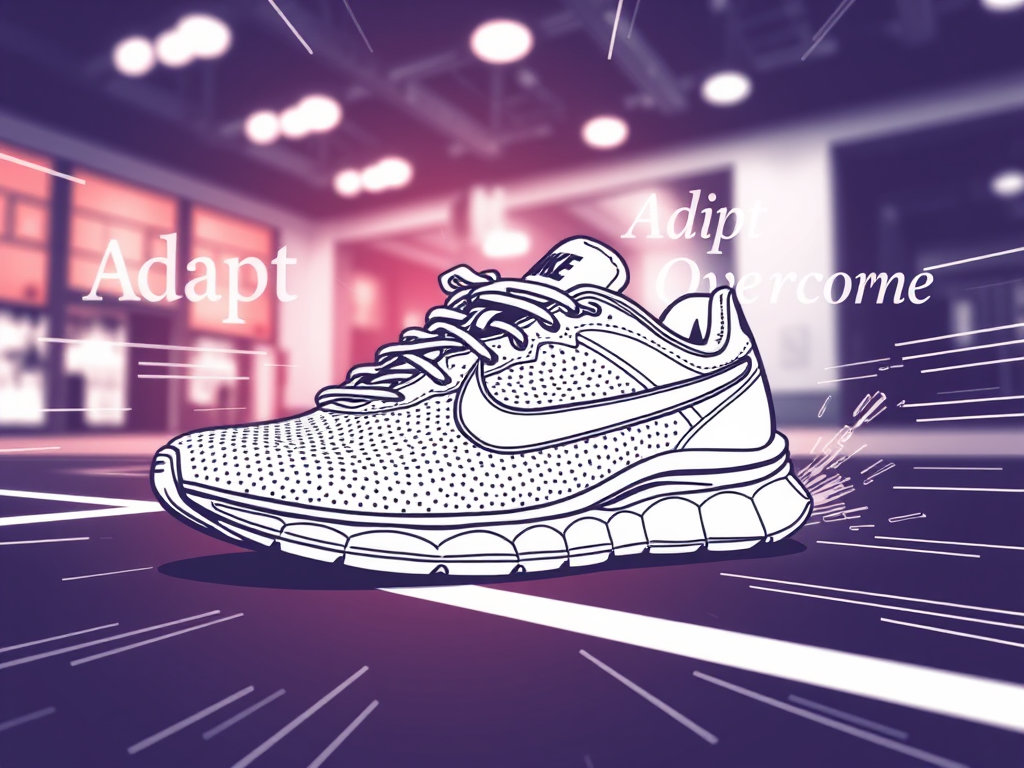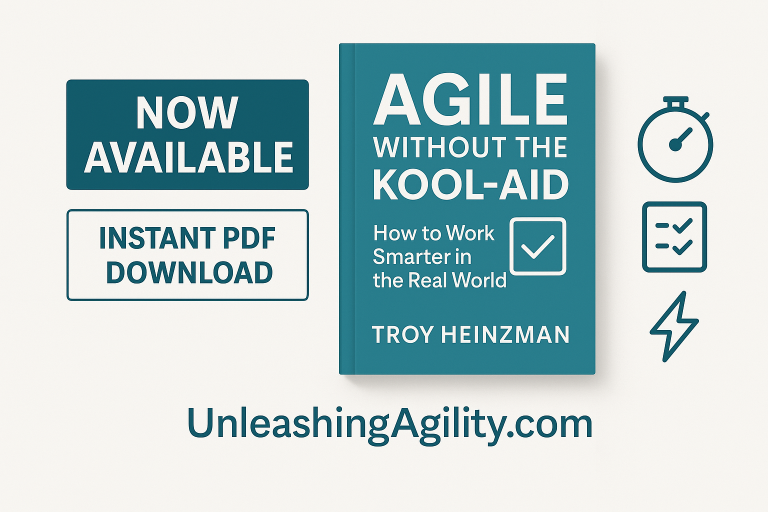Folks, grab your running shoes, because we’re diving deep into the world of sports and Agile today. This isn’t about physical fitness, though. Today, we’re exploring a fascinating intersection of business, sports, and Agile practices – specifically, how the original Nike Principles from 1977 can fuel Agile methodologies.
1. Our business is change
Much like Agile, Nike understood that change is the name of the game. Whether you’re designing innovative shoes or software, you’ve got to be ready to adapt. Agile methodologies echo this sentiment, emphasizing flexibility and iterative development over rigid plans. Like Nike, Agile knows change isn’t just inevitable – it’s the key to success.
2. We’re on offense. All the time.
Nike’s always-on offense stance isn’t far from Agile’s proactive approach. Agile teams don’t wait around for changes to impact them; they anticipate, respond, and adapt. They’re always on their toes, ready to tackle challenges head-on.
3. Perfect results count – not a perfect process. Break the rules: fight the law.
Nike’s disregard for a perfect process is very much aligned with the Agile philosophy. Agile doesn’t insist on a textbook process; instead, it prioritizes delivering value to the customer. The focus is on results over formalities. Agile gives you the freedom to experiment, tweak the rules, and find what works best for your team.
4. This is as much about battle as about business.
Like Nike’s principle, Agile is all about resilience. Every sprint could be seen as a mini battle, tackling a set of challenges with a commitment to deliver. It’s not just about conducting business; it’s about striving to continuously improve and overcome obstacles.
5. Assume nothing. Make sure people keep their promises. Push yourselves push others. Stretch the possible.
Nike’s “assume nothing” principle dovetails beautifully with Agile’s empirical nature. Agile encourages transparency, review, and adjustment at every step. Agile teams make commitments during planning and strive to fulfill them, pushing the boundaries of what’s possible.
6. Live off the land.
Agile teams, like Nike, believe in utilizing the available resources efficiently. The idea is to work with what you have and focus on delivering a functional product rather than longing for resources you don’t have.
7. Your job isn’t done until the job is done.
Nike’s call for seeing tasks through to completion echoes Agile’s emphasis on delivering working software. Every sprint aims to deliver a potentially shippable product increment, ensuring the job is indeed done.
8. Dangers
Nike’s highlighted dangers resonate with Agile’s commitment to recognizing and managing risks. Agile practices like sprint retrospectives and daily stand-ups offer platforms to acknowledge weaknesses, personal ambitions, or any bureaucratic hurdles that may be hindering the team.
9. It won’t be pretty.
Like Nike, Agile knows the path won’t always be rosy. There will be bumps and hiccups, but the goal remains: to deliver value to the customer.
10. If we do the right things we’ll make money damn near automatic.
This could be the Agile mantra. Focus on delivering value, and success (and money) will follow. Prioritize customer satisfaction through continuous delivery of valuable software, and the rest falls into place.
Strapping Up
As we’ve seen, Agile and Nike’s original principles share a lot of common ground. Both prioritize adaptability, results, resilience, transparency, and efficiency. If Agile was a shoe, it would probably be a Nike. So, lace up and remember these principles as you embark on your Agile journey. Remember, just like a successful sprint, “Just Do It”!







